Bringing a dog into your life is an incredibly rewarding experience, filled with wagging tails and wet-nosed nuzzles. But it also comes with the responsibility of guiding them to become well-mannered companions. If you’re wondering how to train your dog effectively, you’re in the right place! This guide is packed with expert dog training tips, designed to help you build a strong, positive relationship with your furry friend and achieve the well-behaved companion you’ve always dreamed of.
Many individuals seeking “dog training tips” are likely navigating some level of frustration or uncertainty; acknowledging this upfront can foster a more receptive learning environment. We’ll focus on positive reinforcement techniques – a humane and highly effective approach that makes learning fun for your dog and strengthens your bond. This journey of training is continuous, and understanding the core principles will set both you and your dog up for success.
Why Training Your Dog Matters
Investing time and effort into training offers profound benefits for both the dog and the owner, shaping a more harmonious and fulfilling shared life. It’s more than just teaching tricks; it’s about fostering communication, safety, and mutual understanding.
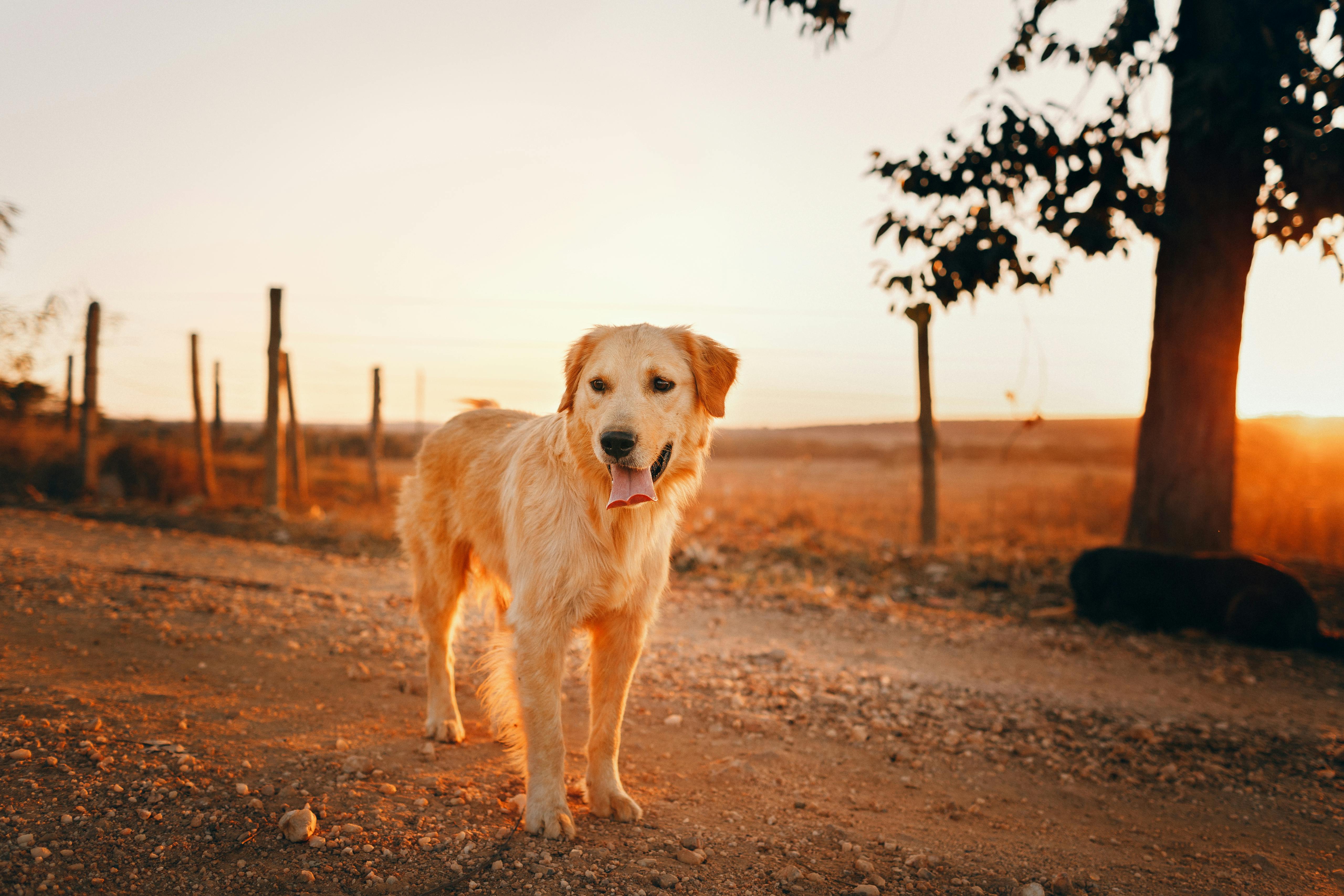
Benefits for the Dog:
A well-trained dog is often a more confident dog. Knowing what’s expected of them in various situations reduces anxiety and helps them feel more secure in their environment. This sense of security is foundational to a dog’s overall well-being.
Furthermore, training can be a lifesaver. A reliable ‘come’ command can prevent a dog from dashing into a busy street, and a solid ‘leave it’ can stop them from ingesting something harmful. Highlighting such life-saving commands makes the value of training immediately tangible and can be a strong motivator for owners who might feel overwhelmed by the training process.
Training also provides essential mental stimulation, preventing boredom which can often lead to destructive behaviors. Think of it as a fun puzzle for your dog’s brain, keeping them engaged and content. Untrained dogs with pent-up energy and a lack of mental stimulation are more likely to develop problem behaviors, establishing a clear preventative role for good training.
Proper training and socialization go hand-in-hand, helping your dog interact politely with other dogs and people, leading to a more well-rounded and socially adept canine citizen.
Benefits for the Owner:
The process of training, especially using positive methods, builds trust and deepens the bond between owner and dog. They become a team, working together towards common goals. This strengthened bond is often a primary desire for pet owners, extending beyond mere obedience.
Naturally, owners also enjoy a well-behaved companion who is a pleasure to be around – at home, on walks, and when guests visit, leading to less stress and more joy.
A well-trained dog can also participate in more activities with their owner, from visiting dog-friendly cafes to enjoying off-leash parks safely. This opens up a wider world of shared experiences, enriching the lives of both.
Getting Started: Foundations for Success
Embarking on the dog training journey requires a solid foundation. Understanding key principles and having the right tools will pave the way for a positive and effective learning experience for both owner and dog.
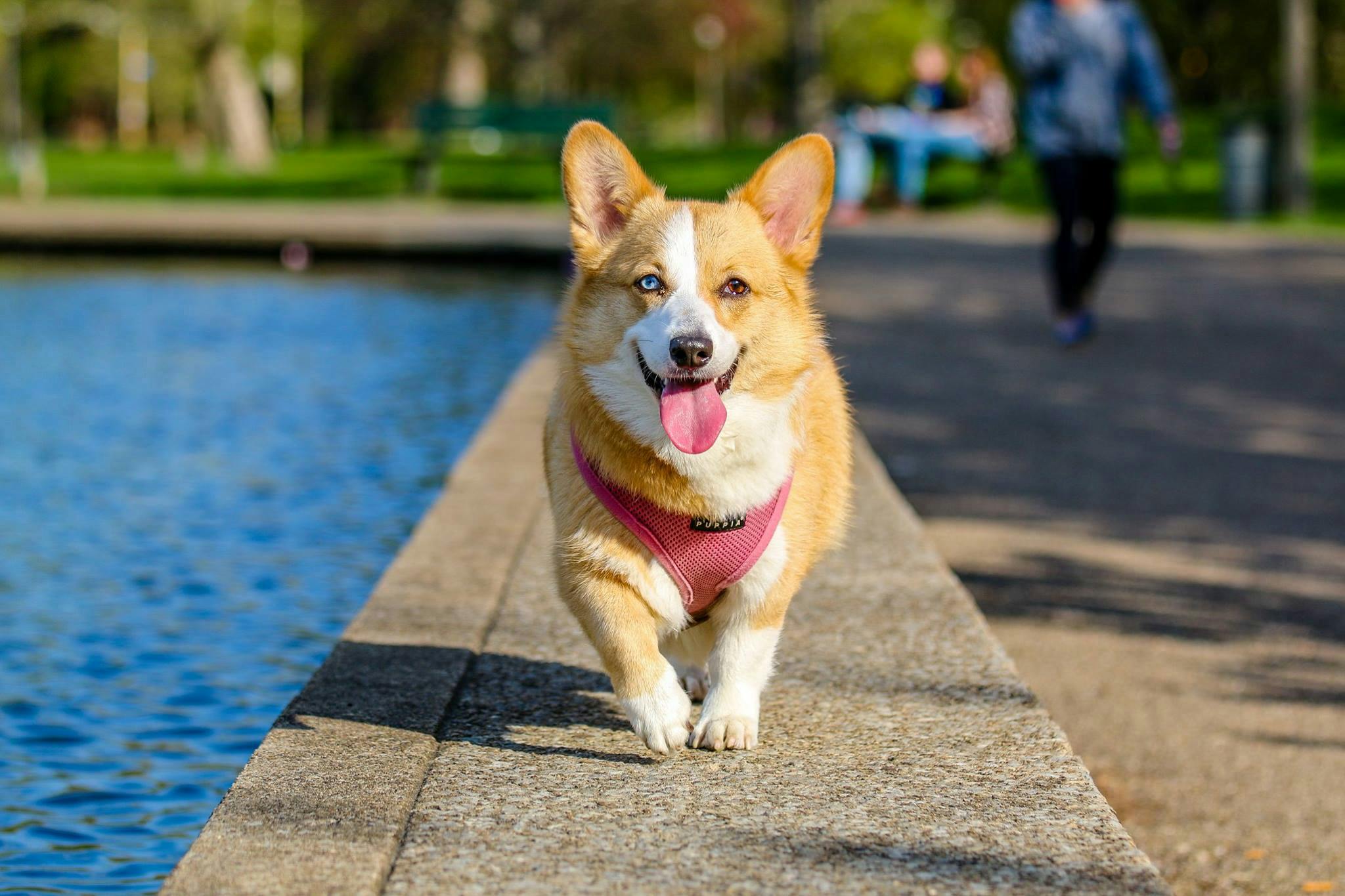
The Unbeatable Power of Positive Reinforcement:
Positive reinforcement (R+) is the gold standard in modern dog training. It simply means rewarding your dog for good behavior, making them more likely to repeat it. Rewards can take many forms: think treats, enthusiastic praise, a favorite toy, or even a good scratch behind the ears.
Dogs, like humans, learn best when they’re motivated and enjoying the process. Positive reinforcement builds trust, makes training fun, and avoids the fear and anxiety associated with punishment-based methods. This approach fosters an active thinker in the dog, building confidence and improving skill retention.
Discovering what truly motivates a specific dog is key. For many, it’s high-value treats (small, pea-sized, and super tasty!), but for others, it might be a specific toy or a game of tug. The “value” of a treat is determined by the dog, making the reinforcement more powerful and training more efficient.
Keeping Training Sessions Short, Fun, and Consistent:
The duration and frequency of training sessions are critical. It’s recommended to keep training sessions short, especially for puppies – think 5-15 minutes. Multiple short sessions are generally more effective than one long, tedious one, as dogs, particularly young ones, have limited attention spans.
If sessions become too long or frustrating, the dog’s motivation wanes, making rewards less impactful.
Ending sessions on a positive note, even if it’s just a simple success, is important. Keeping the atmosphere fun and upbeat will ensure the dog looks forward to training.
Consistency is paramount. Everyone in the household should use the same cues and rules to avoid confusing the dog and to help them learn faster. Consistent, short, positive experiences build a positive learning history, making the dog more eager for future sessions.
Understanding Your Dog: Basic Canine Body Language (A Trainer’s Edge):
Learning to read a dog’s body language is like unlocking a secret code. It helps in understanding when they’re happy, stressed, confused, or fearful during training, allowing for adjustments in approach for better results. This proactive understanding can prevent pushing a dog too hard, which is crucial for maintaining a positive training experience and preventing negative associations with training itself.
Key cues to watch include:
- Relaxed/Happy: A loose body, wagging tail (which can be a full body wag), soft eyes, an open mouth, and ears in a natural position.
- Stressed/Anxious: A tense body, tucked tail, “whale eye” (whites of eyes showing), lip licking, yawning (when not tired), panting (when not hot or recently exercised), and ears pulled back.
- Fearful: Cowering, a tucked tail, flattened ears, possible trembling, and attempts to hide or escape.
If signs of stress are noticed, it’s advisable to take a break, make the task easier, or end the session on a positive note with something the dog enjoys.

Essential Dog Training Supplies:
Having the right gear can make training smoother and more effective:
- High-Value Treats: Small, soft, and irresistible to the dog.
- Treat Pouch: For easy access to treats during training sessions.
- Standard Leash (6-foot): It’s best to avoid retractable leashes for training purposes as they don’t offer consistent control.
- Well-Fitting Harness or Collar: A front-clip harness can be particularly helpful for dogs that tend to pull on the leash.
- Clicker (Optional): A tool used to mark the precise moment a dog performs a desired behavior, followed immediately by a reward. It can enhance communication clarity.
Core Dog Training Tips & Techniques (The “How-To”)
This section delves into the practical application of training, covering essential commands and life skills that form the bedrock of a well-behaved canine companion. Each technique emphasizes positive reinforcement to ensure a learning experience that is both effective and enjoyable for the dog.
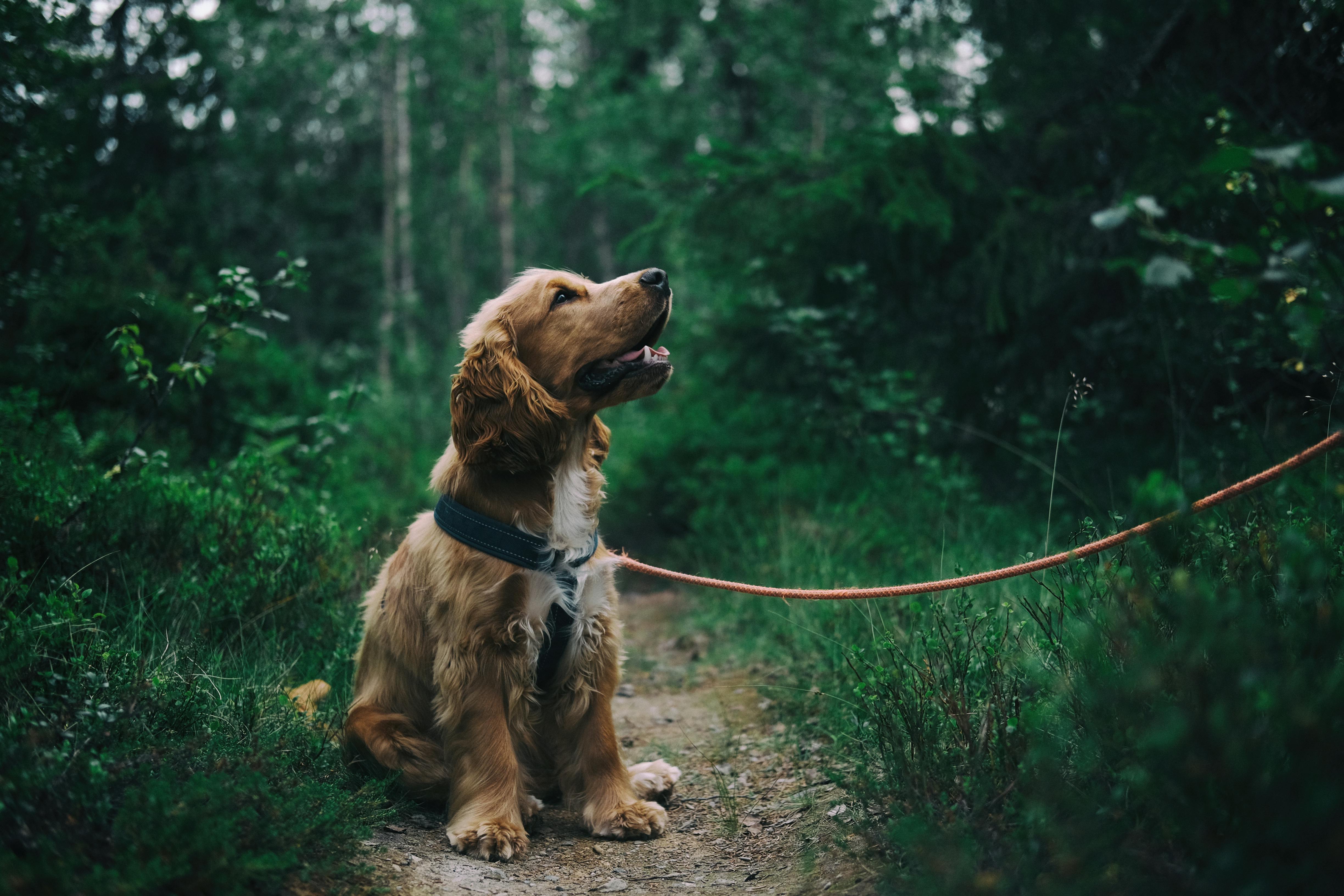
Teaching Basic Commands:
Basic commands are not merely party tricks; they are fundamental tools for managing behavior, ensuring safety, and improving communication. A solid “Sit” and “Stay,” for example, are invaluable for preventing jumping or managing excitement. “Leave It” directly impacts safety during walks and can prevent destructive chewing.
| Command | Common Verbal Cue | Common Hand Signal | Key Positive Reinforcement Tip |
|---|---|---|---|
| Sit | “Sit” | Hand moving up from dog’s nose, palm up | Reward as soon as bottom touches ground. |
| Stay | “Stay” | Open palm facing dog | Reward while staying; use a release word. |
| Come | “Come!”/”Here!” | Patting legs, open arm gesture | Make it a party! Always positive, never punish for slow recall. |
| Down | “Down” | Hand moving down towards floor | Reward when elbows touch ground. |
| Leave It | “Leave It” | Pointing to item, then hand signal stop | Reward for disengaging from item with a better treat. |
“Sit”: The Foundation Command
“Sit” is often one of the first commands taught and serves as a polite way for a dog to ask for things, a default behavior in exciting situations, and a stepping stone to other commands.
Positive Reinforcement Steps:
- Hold a treat close to the dog’s nose.
- Move the hand up, allowing their head to follow the treat. This motion naturally encourages their rear to lower.
- Once they’re in a sit, say “Sit,” praise enthusiastically, and give the treat.
- Repeat in short, fun sessions.
- Once mastered in a quiet area, practice in different locations to generalize the behavior.
“Stay”: Teaching Patience and Control
“Stay” is crucial for safety, such as preventing a dog from bolting through an open door, and for teaching calmness and impulse control.
Positive Reinforcement Steps:
- Ask the dog to “Sit” (or “Down”).
- Say “Stay” with a clear hand signal (e.g., an open palm facing the dog).
- Wait for just a second or two initially, then praise and treat while they are still in the stay position. It’s important to reward the act of staying, not just the initial position.
- Gradually increase the duration they hold the stay before treating.
- Then, gradually increase the distance moved away from the dog, always returning to them to deliver the treat. Calling them from a stay to get a reward can confuse the command.
- Always use a distinct release word (e.g., “Okay!”, “Free!”, “Release!”) to signal that they are allowed to move. This clarifies the end of the “Stay” command.
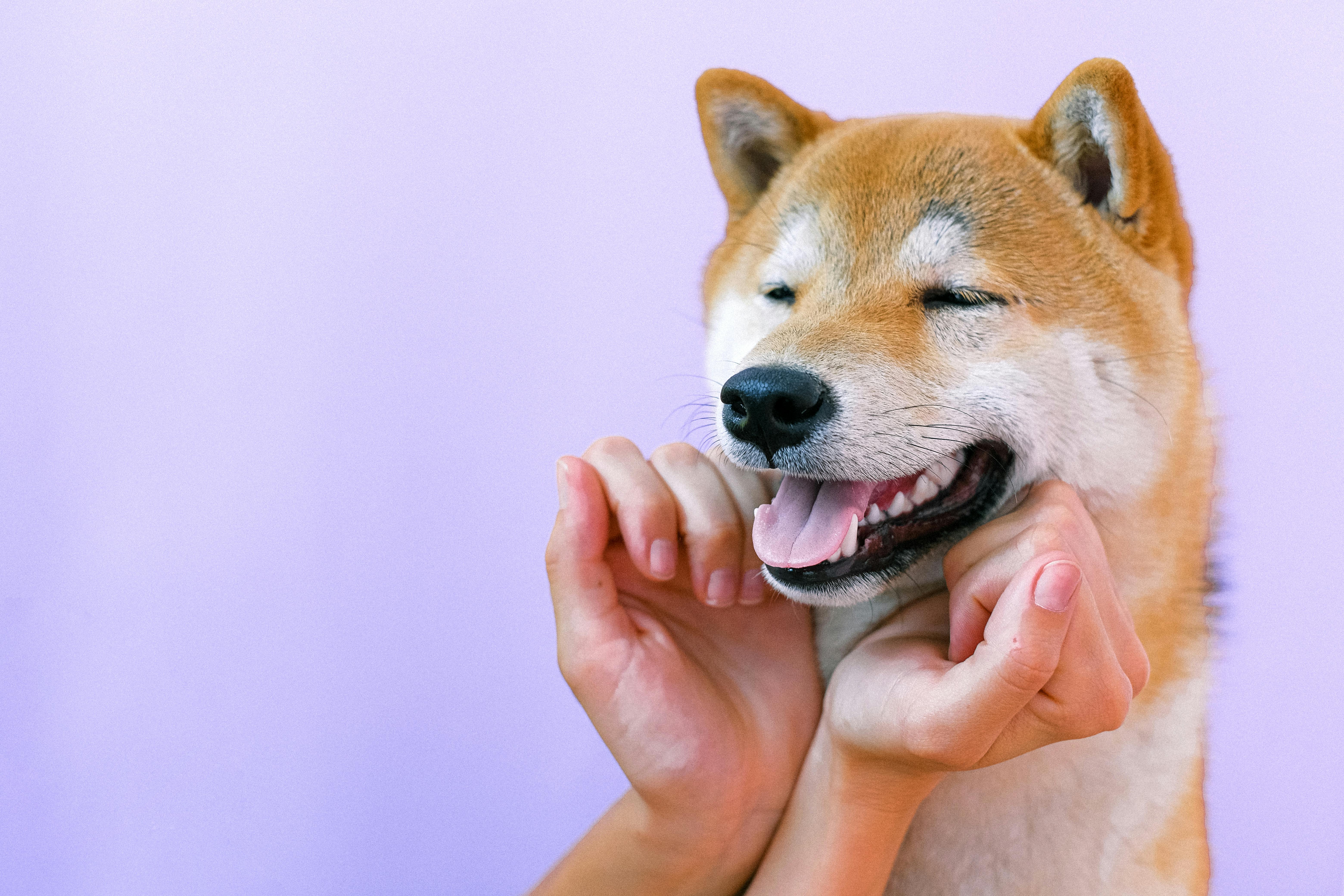
“Come” (Recall): The Lifesaving Command
A reliable recall is arguably one of the most important commands, as it can prevent accidents and ensure the dog returns when called, even with distractions.
Positive Reinforcement Steps:
- Start in a quiet area, with the dog on leash, a short distance away.
- Say “Come!” or their name in an upbeat, happy tone. Use inviting body language, such as patting legs or crouching down.
- When they start moving towards you, praise them. When they reach you, reward generously with high-value treats, enthusiastic praise, and/or a favorite toy – make it a celebratory event.
- Crucially, never punish the dog for coming, even if it takes them a while or they were doing something they shouldn’t have been. The “Come” command must always be associated with positive experiences. Punishing a recall will make the dog hesitant to return in the future.
- Gradually increase the distance and practice in different, slightly more distracting environments, always setting them up for success by not making it too difficult too soon.
Continue with more essential training techniques and life skills as you build your dog’s repertoire of good behaviors.
Tackling Common Dog Behavior Problems (with Positive, Humane Solutions)
Even with the best intentions, dog owners may encounter common behavior problems. Addressing these effectively requires understanding the underlying cause and applying positive, humane training solutions. Management of the environment is often a critical first step, preventing the dog from practicing the unwanted behavior and setting them up for success in training.

Jumping on People: Enthusiastic Greetings Gone Wild
Jumping is often a dog’s way of showing excitement or seeking attention, but it can be unwelcome or even dangerous.
Positive Solutions:
- Manage the Environment: During training, prevent jumping by using a leash, crate, or baby gate when guests arrive or in situations where jumping is likely. This stops the dog from rehearsing the unwanted behavior.
- Ignore the Jump: If the dog jumps, the person being jumped on should turn their back and completely ignore the dog – no talk, no touch, no eye contact. Attention, even negative scolding, can be a reward for some dogs.
- Reward Four on the Floor: The instant all four of the dog’s paws are on the ground, calmly praise and offer a treat. This teaches them that polite behavior (standing or sitting) is what earns attention and rewards.
- Teach an Alternative Behavior: Train a solid “Sit” for greetings. When people approach, cue the dog to “Sit” and reward them for holding the position. This gives the dog a clear, acceptable alternative to jumping.
Excessive Barking: Understanding and Managing Vocal Dogs
Barking is a natural form of canine communication, but excessive barking can be problematic. Common causes include alert/territorial responses, attention-seeking, boredom, anxiety, or excitement.
Positive Solutions:
- Identify the Trigger: Understanding why the dog is barking is the first step to managing it effectively.
- Manage the Environment: If the dog barks at stimuli outside, block their view by closing blinds or using privacy film. If sounds are the trigger, try using white noise machines or calming music to mask them.
- Teach a “Quiet” Cue:
- Allow 2-3 barks (to acknowledge their alert), then say “Quiet” in a calm, firm voice.
- Hold a high-value treat near their nose. The moment they stop barking (even if it’s just to sniff the treat), praise them and give the treat.
- Gradually increase the duration of quietness required before they receive the reward.
- Provide Sufficient Exercise & Mental Stimulation: A tired and mentally engaged dog is less likely to bark out of boredom or pent-up energy. If a dog’s basic needs for activity and engagement are not met, teaching “Quiet” will be an ongoing struggle.
- Avoid Yelling: Shouting at a barking dog can sound like the owner is barking along, potentially escalating the behavior or causing anxiety.

Destructive Chewing: Saving Your Shoes and Furniture
Chewing is a natural dog behavior, especially for puppies during teething. However, destructive chewing can also stem from boredom, anxiety (particularly separation anxiety), or simply a lack of appropriate chew items.
Positive Solutions:
- Dog-Proof Your Home: Manage the environment by keeping valuable or dangerous items out of reach. Supervise the dog closely, especially when they are new to the home or still a puppy.
- Provide Plenty of Appropriate Chew Toys: Offer a variety of safe, durable chew toys. Rotate these toys regularly to maintain interest. Puzzle toys filled with food are excellent for providing mental stimulation and an appropriate chewing outlet.
- Ensure Adequate Exercise & Mental Stimulation: Address potential boredom by providing ample physical activity and mental challenges daily.
- Interrupt and Redirect: If you catch the dog chewing something inappropriate, calmly interrupt them (e.g., with a clap or a neutral sound like “Uh-oh!”) and immediately offer an acceptable chew toy. Praise them enthusiastically when they take and chew the appropriate toy.
- Teach “Leave It” or “Drop It”: These commands are invaluable for managing chewing and retrieving inappropriate items safely.
- Consider Taste Deterrents (Use with Caution): Products like Bitter Apple can make certain items unappealing to chew. However, they should be used with supervision, as some dogs will chew items regardless of the taste, and deterrents must be reapplied regularly.
Fun & Easy Tricks to Build Your Bond
Beyond basic obedience, teaching fun tricks is a fantastic way to provide ongoing mental stimulation, strengthen the bond with a dog, and showcase their intelligence. Trick training reinforces the core principles of positive reinforcement, communication, and the dog’s ability to learn, keeping training engaging for both dog and owner long after basic commands are mastered.
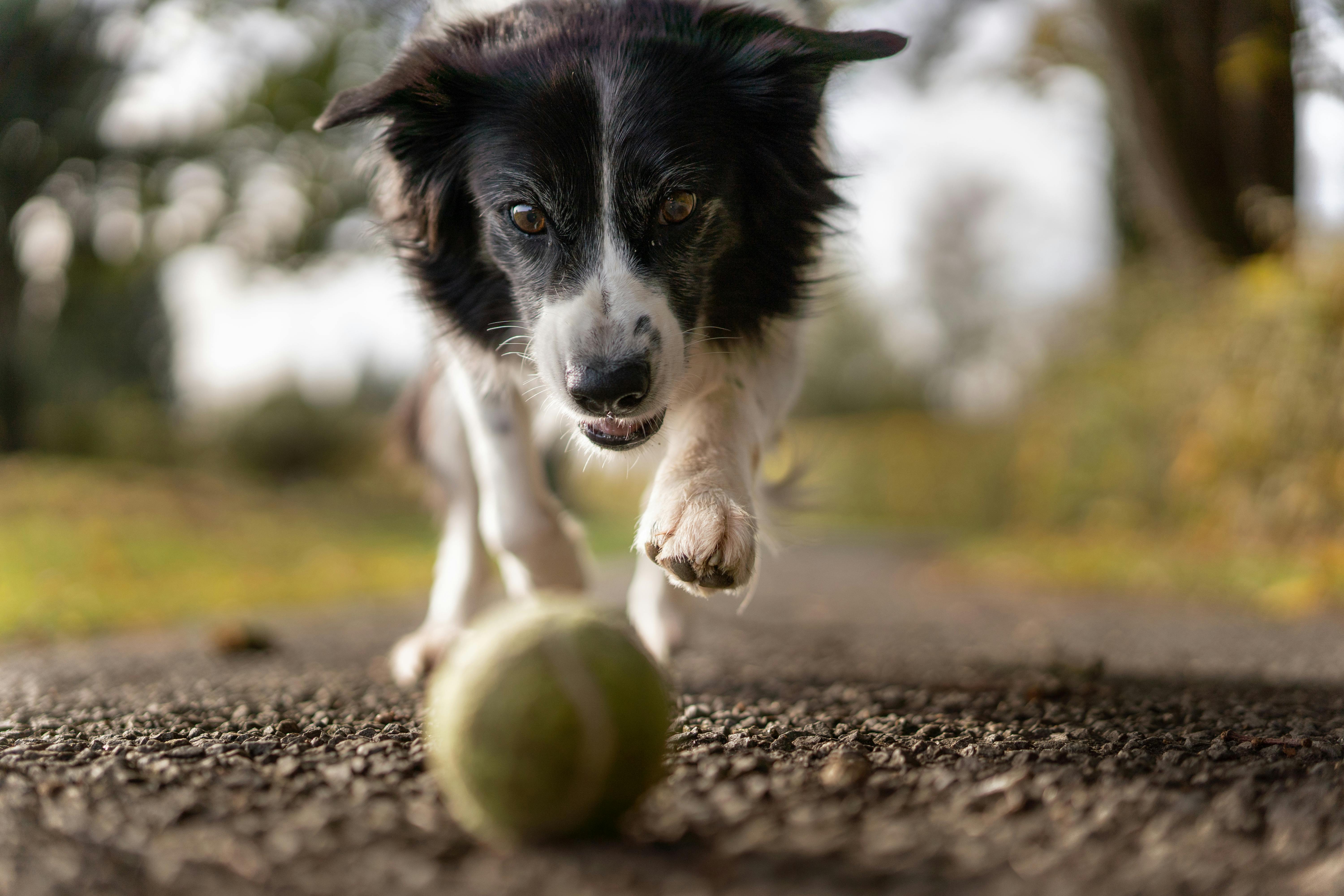
Many “advanced” tricks are built upon foundational commands, illustrating how skills can scaffold and encouraging mastery of the basics. Always use positive reinforcement methods, keeping sessions short and enjoyable.
Shake Paws:
A classic and endearing trick. Gently take the dog’s paw while saying “Shake” (or “Paw”), and then reward with a treat and praise. Most dogs pick this up quite quickly, especially if they naturally offer a paw.
Spin:
Lure the dog in a circle with a treat held close to their nose. As they complete the circle, say “Spin” (or “Twirl”) and give the treat. With practice, the lure can be faded, and they will spin on the verbal cue or a hand signal.
Roll Over:
This trick often requires breaking it down into smaller steps. Start with the dog in a “Down” position. Lure them onto their side with a treat, then continue the lure over their back to encourage them to roll completely over. As they perform the motion, say “Roll Over.” Reward each successful step of the sequence initially, then for the complete roll.
High Five:
Building on “Shake Paws,” hold a hand up higher in a “high five” position. Cue “High Five” (or “Up Top”) and encourage the dog to touch their paw to the hand. Reward successful touches.
Play Dead:
This impressive trick often starts from a “Down” or “Roll Over” (onto their side). With the dog lying on their side, use a cue like “Bang!” or “Play Dead,” and reward them for staying still. Gradually increase the duration of stillness.
When to Seek Professional Help: Knowing Your Limits
While many training challenges can be successfully addressed at home using positive methods, there are times when the expertise of a certified professional dog trainer or a veterinary behaviorist is invaluable. Seeking professional help should not be viewed as a failure, but rather as a responsible step towards ensuring the dog’s well-being and the owner’s peace of mind.

Early professional intervention for significant behavior problems is often more effective and less stressful in the long run, as delaying help can allow issues to become more ingrained and harder to modify.
Signs You Might Need a Professional:
- Aggression: Any form of aggression, whether directed towards people or other animals, warrants immediate professional guidance. This is not something to try and manage alone due to safety risks.
- Severe Anxiety or Fear: If a dog exhibits extreme fear, phobias (e.g., thunderstorm phobia, fear of strangers), or separation anxiety that is not improving with basic management, a professional can help diagnose the issue and create a targeted behavior modification plan.
- Persistent Problem Behaviors: If consistent efforts using positive methods for common issues like excessive barking, destructive chewing, or house soiling are not yielding improvement, a professional may identify underlying factors or more effective strategies.
- You Feel Overwhelmed or Unsure: If an owner feels frustrated, stuck, or simply doesn’t know how to proceed, a professional can provide personalized guidance, support, and a clear training plan. This is especially true for first-time owners or those with busy lifestyles.
- Consistent Ignoring of Basic Commands: If a dog consistently ignores even basic commands despite fair and consistent training attempts, there might be a communication breakdown or underlying issue a professional can help address.
Finding a Qualified Professional:
It is crucial to find a professional who uses positive, science-based training methods. Look for certifications such as CPDT-KA (Certified Professional Dog Trainer – Knowledge Assessed) or consult a board-certified veterinary behaviorist (DACVB). Avoid trainers who advocate for or use punishment-based techniques, pain, or intimidation, as these methods can worsen fear and aggression and damage the owner-dog relationship.
Organizations like the American Veterinary Society of Animal Behavior (AVSAB) offer resources and position statements on humane dog training and how to choose a trainer.
Conclusion: The Rewarding Journey of Dog Training
The path of dog training is a continuous journey, not a final destination. Successful training is built upon a foundation of patience, consistency, and, above all, positive reinforcement. It’s about clear communication, mutual respect, and understanding the individual needs and motivations of your canine companion.

Training is not a one-time event but an ongoing process of communication and relationship-building that extends throughout the dog’s life. Dogs continue to learn and adapt, and maintaining good behavior often requires ongoing reinforcement and practice.
The effort invested in training yields immense rewards: a well-behaved companion who is a joy to live with, a deeper and more meaningful bond between dog and owner, and a safer, more confident animal. Well-trained dogs with strong bonds are also less likely to be relinquished to shelters, highlighting the broader societal benefit of responsible pet ownership and effective, humane training.
Celebrate the small victories along the way, be kind to yourself and your dog during moments of challenge, and cherish the process of building an incredible, lifelong partnership. These dog training tips are designed to empower owners to guide their furry friends towards becoming happy, well-mannered members of the family, enriching the lives of both.
